The most disgusting Chinese food? Chinese cuisine is famous for its richness and diversity, but not every dish is appealing or easily accessible to international travelers. Some foods can evoke fear or disgust due to their unusual ingredients and preparation methods. Here are some of the most shocking dishes that challenge the palate.
Table of Contents
The most disgusting Chinese food
1. Live monkey brain
Live monkey brain is a horror-inducing dish that has faced significant backlash worldwide. According to stories, fresh monkey brain is served while the monkey is still alive, restrained on a table with a hole cut in its head to expose the brain. Diners eat the brain immediately after it is removed, often while the monkey is still conscious. This dish has become rare and is banned in many places for ethical reasons.
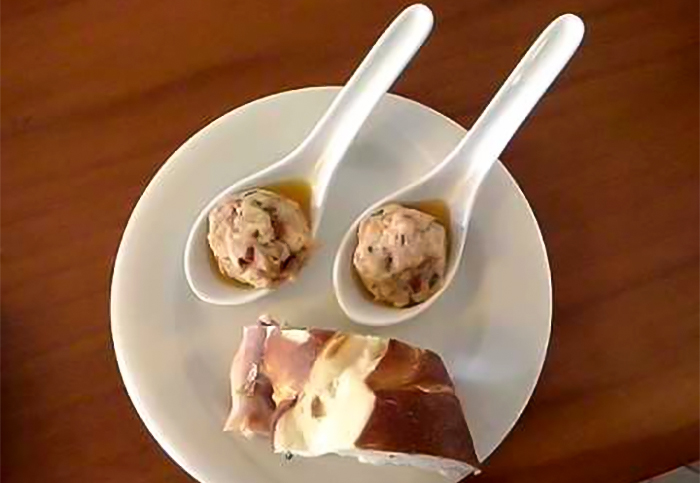
2. Live Baby Mice (Three Squeaks)
Live baby mice, also known as “Three Squeaks,” are newborn mice that are eaten while still alive. The name comes from the sounds the mice make: they squeak when picked up, again when dipped in sauce, and a third time when placed in the diner’s mouth. This extreme delicacy is a shocking experience in Chinese cuisine.
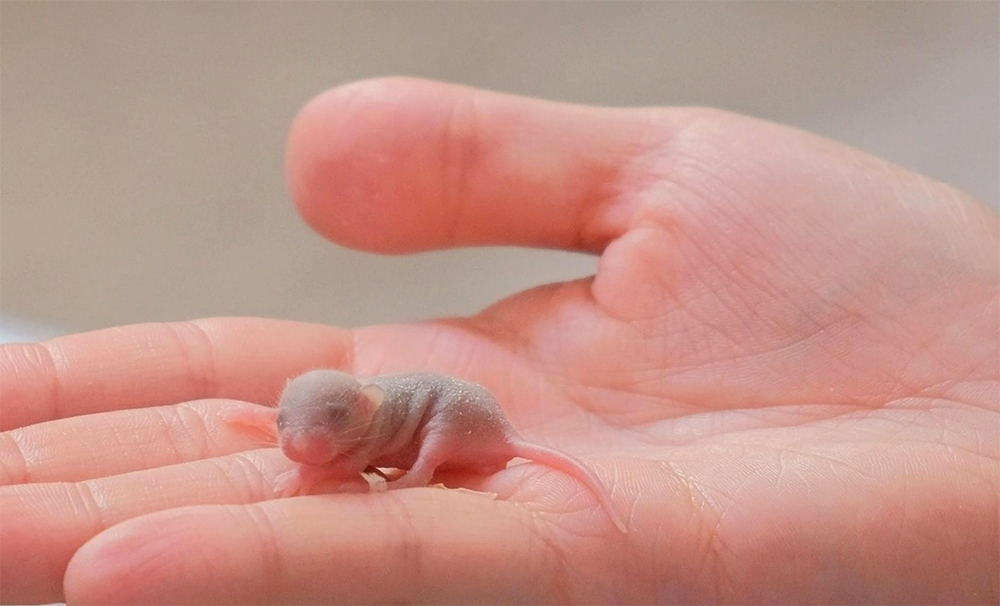
3. Bat Soup
Bat soup is another controversial dish in China, especially in remote areas where it is considered a specialty. Whole bats are cooked in soup, sometimes retaining their shape, which can be quite alarming for many, particularly international diners.
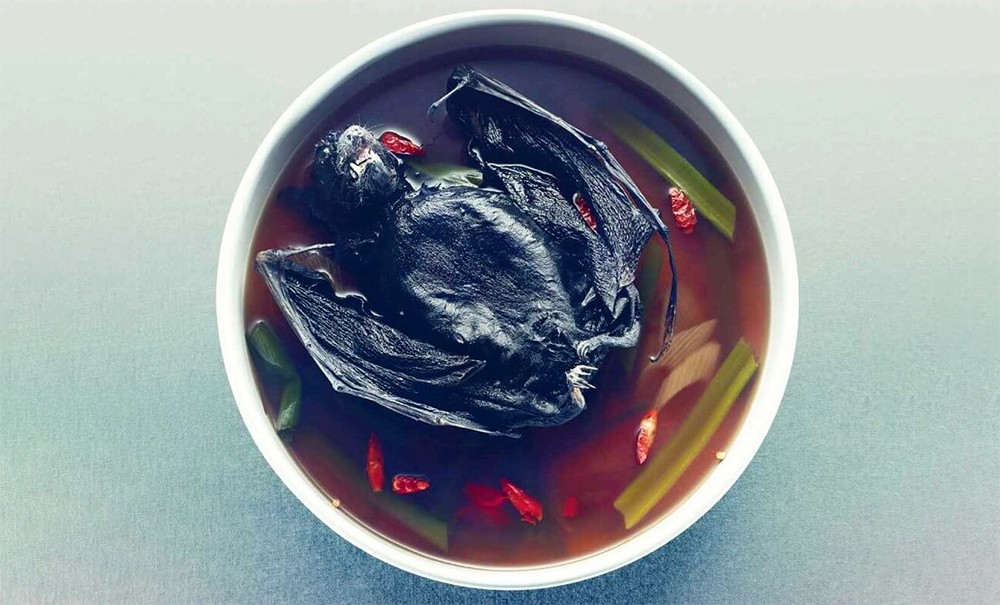
4. Century Egg
Century eggs, or “hundred-year eggs,” are preserved eggs that undergo a long fermentation process involving clay, ash, lime, salt, and rice hulls. This process alters the eggs’ color and flavor, turning the yolk into a greenish-black and the white into a dark brown or black jelly-like texture. The ammonia or sulfur-like smell can deter many from trying this unique dish.
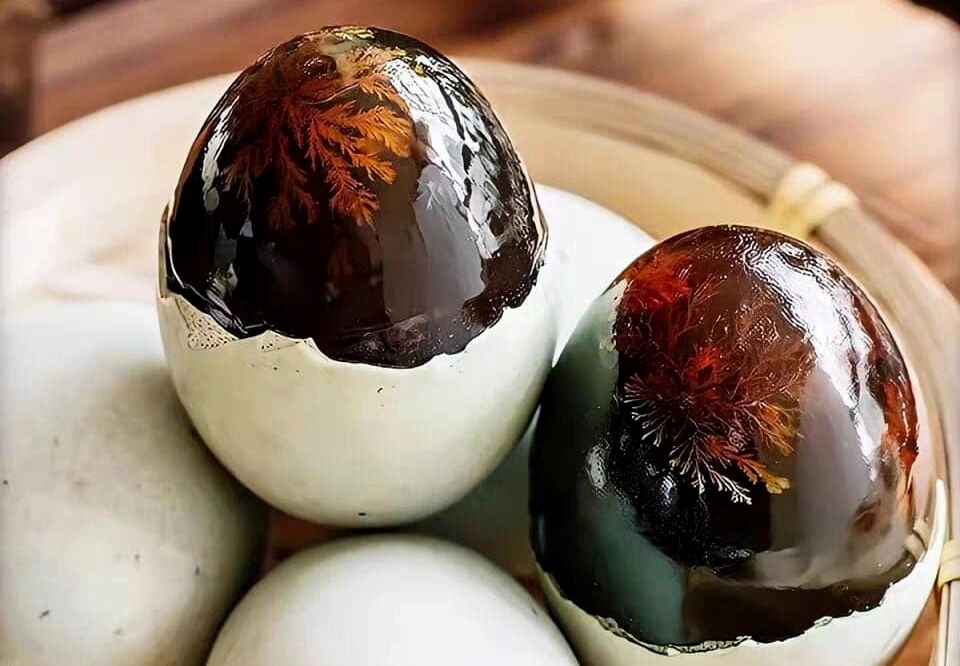
5. Stinky Fish
Stinky fish is a traditional dish from Hunan Province, where freshly caught fish is salted and hung up to undergo natural fermentation. This process causes the fish to rot slightly, creating an overpowering odor that many find unbearable. Once fermented, the fish is smoked for hours to enhance its flavor and shelf life. The strong smell is familiar to locals, but off-putting to outsiders.
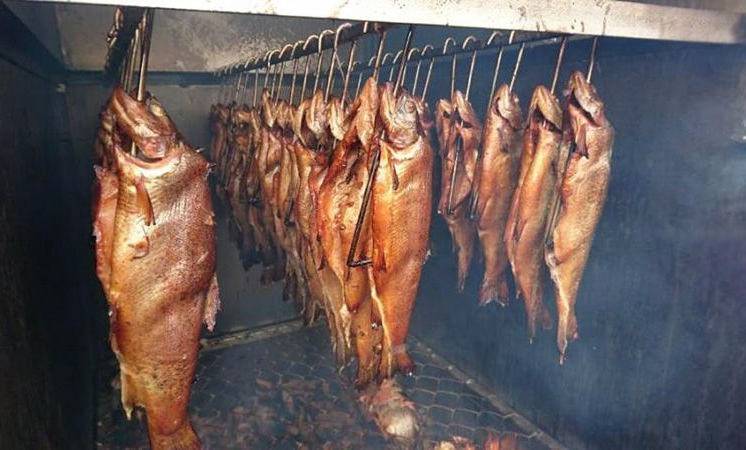
6. Bamboo Worms
Bamboo worms are a delicacy from Southwest China, particularly in Guangxi Province. Harvested from inside bamboo stalks, these worms are either roasted or fried. They have a rich, crunchy texture, and some say they taste like cashews. However, their appearance can make many people hesitant to try them.

>> Related: The most horrible food in the world
7. Fried Rat Tail
Fried rat tail is a dish found in rural areas of China. After cleaning, the tails are battered, seasoned, and deep-fried until crispy. While some people enjoy the rich and crunchy flavor, the sight of rat tails can evoke disgust, as rats are generally considered dirty animals.
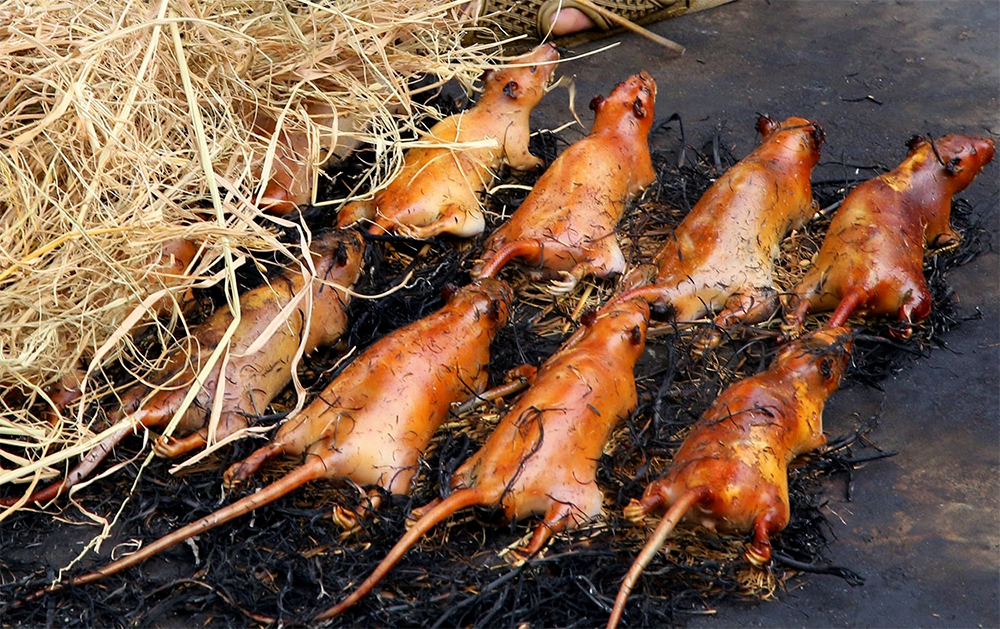
8. Fermented Pig Liver
Fermented pig liver is a popular dish among the Hakka people of China. The liver is soaked and naturally fermented over several days, resulting in a strong flavor and pungent aroma. The dish is rich and often described as fatty with a slight sourness. Those unfamiliar with its powerful scent may find it overwhelming.

9. Stinky Tofu
Stinky tofu is a widely consumed street food in China. It is made by fermenting tofu for weeks, during which bacteria and mold develop, giving it a strong odor reminiscent of decaying garbage. Despite its repulsive smell, stinky tofu has a creamy texture and is beloved by locals. First-time diners often struggle to get past its pungent aroma.
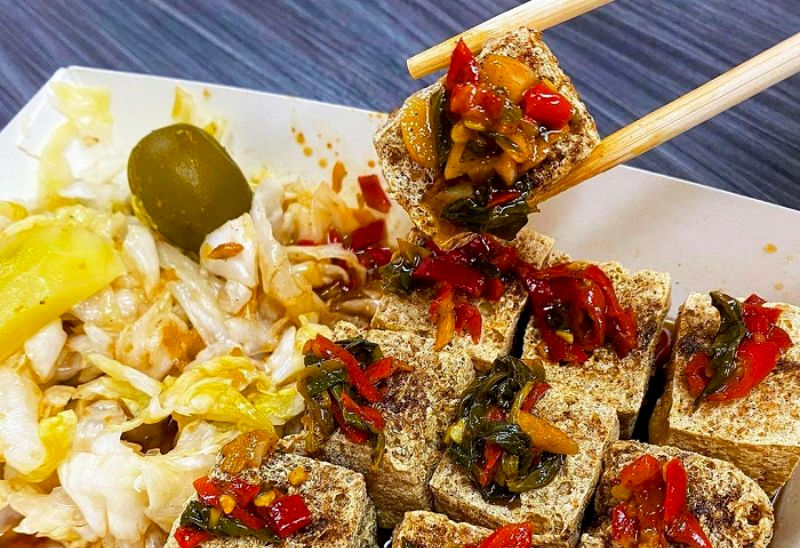
10. Virgin Boy Eggs
Virgin boy eggs are a unique dish from Dongyang, Zhejiang Province. These eggs are boiled in the urine of boys under ten years old, particularly during spring. Locals believe this dish has health benefits. However, the idea of cooking eggs in young boys’ urine can be repulsive to foreign diners, making them reluctant to try it.
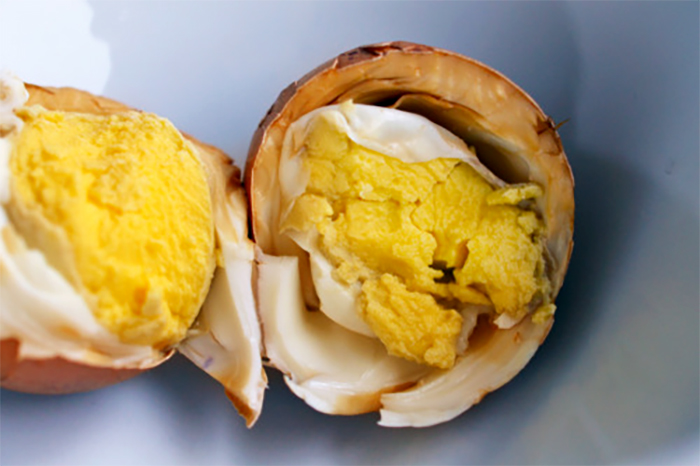
11. Animal Genitalia Dishes
In China, various dishes utilize animal genitalia, commonly from pigs, goats, and cows. Many believe that consuming these parts can offer health benefits, particularly in enhancing vitality. However, for most foreigners, the idea of eating animal genitalia can be a significant psychological hurdle.

12. Steamed Silkworm Pupae
Silkworm pupae are a protein-rich delicacy often prepared by steaming, frying, or stir-frying. While popular among many Chinese people, the appearance of the silkworm can be difficult for foreigners to overcome. Biting into a pupae reveals a crunchy exterior and a creamy interior, making it an experience that not everyone is willing to try.
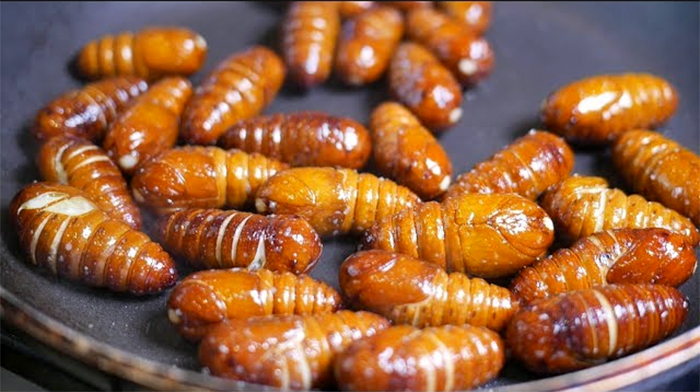
13. Snake Blood Jelly
Snake blood jelly is a unique dish made from fresh snake blood, often from cobras, mixed with other ingredients to create a jelly-like texture. It is believed to boost energy and improve health. However, the sight of a plate of congealed snake blood can be off-putting for many diners.
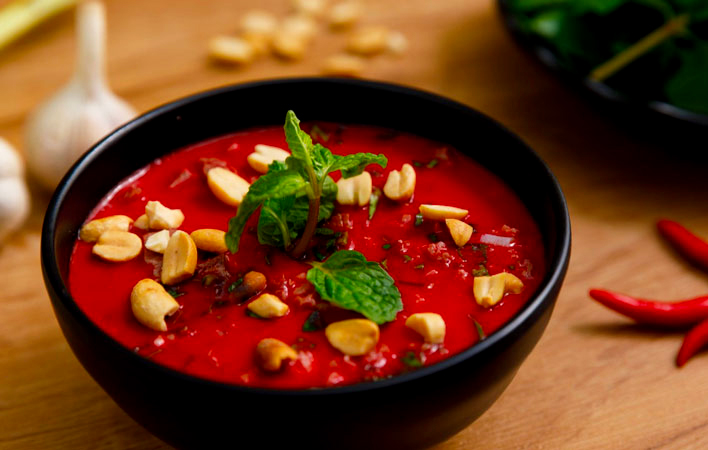
14. Bee Larvae
Bee larvae are a favored dish in some rural regions of China, often prepared by frying, stir-frying, or grilling. They offer a rich and fatty flavor, but the idea of consuming larvae, especially those still retaining their original shape, can be unsettling for many.

15. Pig Lungs in Blood Broth
Pig lungs cooked in blood broth have a long history in traditional Chinese medicine. This dish is believed to be beneficial for lung health and detoxification. However, the concept of eating organ meats, particularly lungs, can be a difficult experience for many international diners.
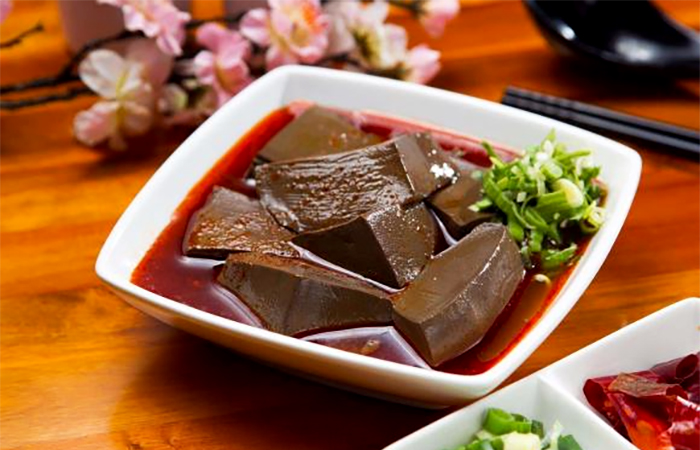
16. Grilled Goat Stomach
Grilled goat stomach is a popular dish in various rural areas of China. The stomach is thoroughly grilled or stewed and served with spices to enhance its flavor. Despite being nutritious, the strong aroma and chewy texture of the dish can deter many from trying it.

17. Pig Blood Soup
Pig blood soup is a common dish in Chinese cuisine, particularly in Guangdong Province. The blood is cooked, diced, and simmered with vegetables and spices. While it may be a challenging experience for foreigners to eat animal blood, many locals consider it a nutritious source rich in iron.

18. Pig Testicle Soup
Pig testicle soup is a special dish served in some Chinese restaurants. It is believed to enhance vitality and improve male health. However, for many foreigners, the idea of consuming testicles is off-putting and difficult to digest.
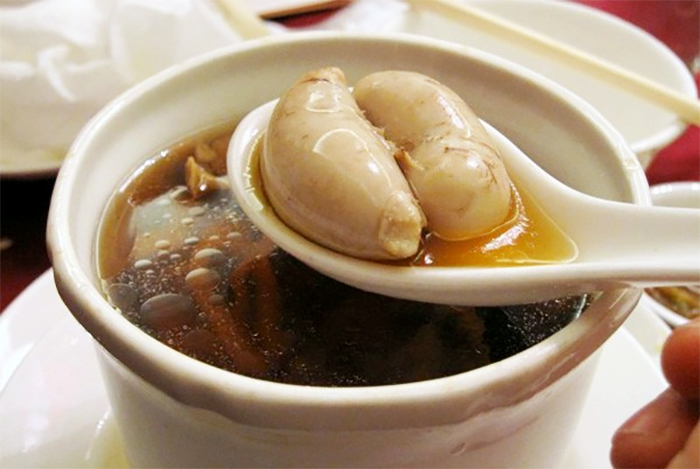
The bottom line
The most disgusting Chinese food? Chinese cuisine is not only diverse in flavors but also deeply rooted in cultural and traditional medicinal values. While many international diners may find these dishes repulsive, they are beloved by locals and represent an integral part of their culture. These foods are not just a test for adventurous eaters but also a way to gain insight into the unique culinary traditions of China. Would you dare to try any of these dishes?.






